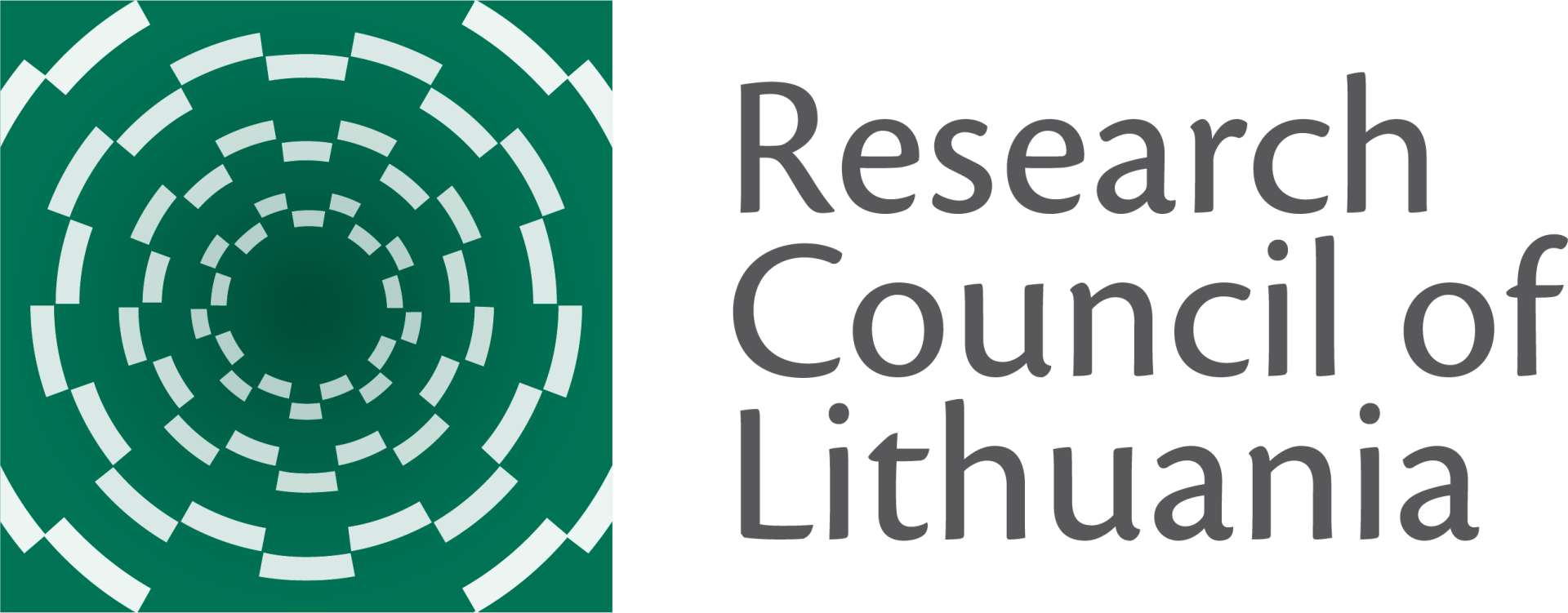Project idea
Despite substantial literature, there is a lack of agreement among scholars in defence political economy on whether and how NATO members free ride. Do allies systematically scale down their defence spending, as other allies’ military expenditures increase? Does NATO membership lead to allies’ reduced defence budget? Based on a comprehensive quantitative and causal approach, the project aims to analyse whether, how, and how much allies actually free ride.
Part I theorizes and examines various nuanced (conditional) free riding mechanisms. Task 1 will analyse whether free riding patterns are heterogeneous across different types of disaggregated military expenditure. Moreover, adopting a spatiotemporal approach, the project will explore a novel notion that NATO represents a network, characterized by uneven distribution of resources, which differently predisposes allies to free ride. Task 2 will extend the analysis to NATO allies’ assistance to Ukraine to test the free riding hypothesis under more demanding circumstances.
Part II, building on the findings in Part I and further developing theory, will investigate the causal impact of NATO on free riding: does mere belonging to NATO and the ensuing alliance commitment cause its allies to spend less on defence? Surprisingly, there have not been attempts in the defence political economy literature to apply robust causal inference methods to answer this question. Tasks 3 and 4 will provide, respectively, a between- and within-country analysis, as we will apply innovative research methods, namely the staggered difference-in-differences method and a survey experiment (in Lithuania).
Overall, the project will develop a theory of conditional free riding, utilizing innovative methodological approaches and acquiring new data. At the practical level, more fine-grained and robust knowledge of free riding will contribute to a more thorough strategic and political thinking about NATO-related security and defence issues in Europe.








